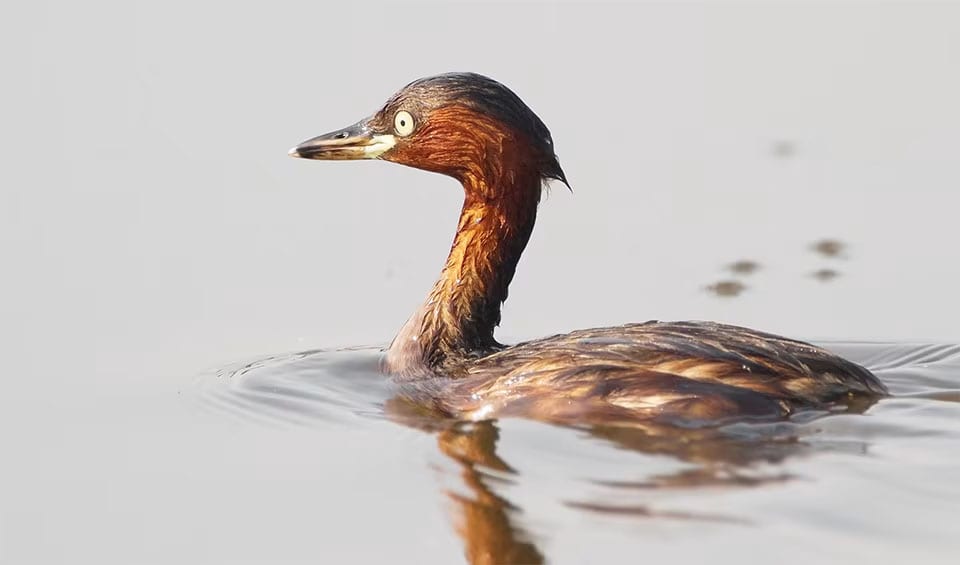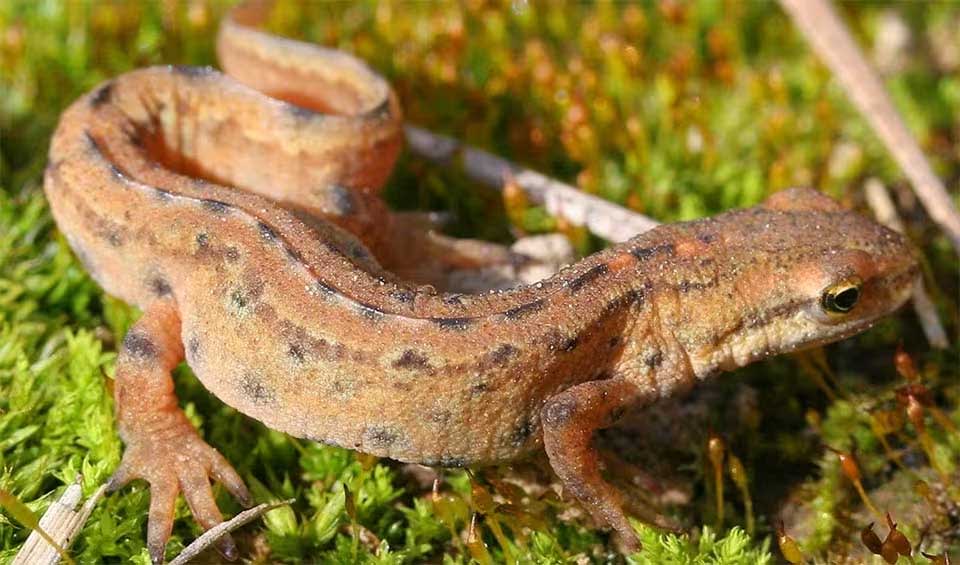Montenegro is a small country located in Southeastern Europe on the Adriatic Sea. Croatia borders it to the west, Bosnia and Herzegovina to the northwest, Serbia to the northeast, Kosovo to the east, and Albania to the southeast. Montenegro covers an area of approximately 13,812 km² (5,333 mi²). The climate varies significantly by region. Coastal areas experience a Mediterranean climate with hot, dry summers and mild, wet winters. In contrast, the mountainous regions have a continental climate with cold winters and mild summers. The diverse climate supports a wide range of ecosystems and biodiversity.
Montenegro’s landscape is renowned for its dramatic natural beauty, featuring rugged mountains, deep canyons, and a picturesque coastline. The Dinaric Alps dominate the northern part of the country, while the Tara River Canyon, one of the deepest in the world, is a notable natural feature. The Bay of Kotor, a UNESCO World Heritage site, is known for its stunning fjord-like appearance.
Four pillars elaborated:
Montenegro has a significant portion of its land protected for nature conservation, with five national parks covering around 80% of the total nationally protected areas. The remaining 20% includes over 45 sites designated for their special natural characteristics, as well as nature reserves and monuments of nature. Montenegro has several sites that hold important international designations, such as the National Park Durmitor and Tara River. The National Park Durmitor has been on UNESCO’s World Natural List since 1980, while the Tara River canyon is part of the UNESCO’s network of Man and Biosphere reserves since 1977. Land Management
Land Management
The Kotorsko-risanski Bay is also on the World’s Natural and Cultural Heritage site, while the National Park Skadar Lake and Tivat Saltpans are recognized as Ramsar sites by the Ministry of Sustainable Development and Tourism. The Skadar Lake and the Bojana River represent a wider wetland complex that lies along the border between Montenegro and Albania and serves as an important wintering and resting site for migratory waterbirds.
Montenegro’s period of isolation during the 1990s led to severed ties with the scientific community and exclusion from broader biodiversity conservation efforts, creating significant gaps in knowledge. From the available information, six primary categories of human-induced threats to biodiversity can be identified: uncontrolled urbanization and tourism development encroaching on natural habitats and their infrastructures; changes in land use, especially in agriculture and forestry; unsustainable and illegal exploitation of natural resources, including illegal hunting and overharvesting; pollution from industrial and agricultural activities, and municipal waste affecting water, soil, and air; the introduction of alien invasive species; and the effects of climate change, notably the impact of hot and dry periods on forest habitats which demand increased focus. Threats to Biodiversity
Threats to Biodiversity
Issues like the impact of invasive species and climate change remain poorly understood but are anticipated to become more significant threats to biodiversity. The cumulative impact of these threats leads to the loss of rare or endangered habitats and their associated species, often endemic, particularly along the coast, potentially diminishing the functionality and stability of natural ecosystems, especially those of forests and aquatic environments.
Montenegro has taken proactive measures to address the biodiversity crisis through various efforts. One of the key achievements is the establishment of a network of protected areas, including national parks, nature reserves, and strict nature reserves, to safeguard habitats and species. In addition, Montenegro has developed a National Biodiversity Strategy and Action Plan that includes targets such as integrating biodiversity protection into social and political priorities, creating an efficient financing mechanism for biodiversity protection, and significantly reducing direct pressures on biodiversity. The Environment Act is the main law governing environmental protection, including the conservation and improvement of biological diversity and measures to limit and prevent adverse impacts on biodiversity. Capacity and Governance
Capacity and Governance
Montenegro is also a Party to the Convention on Biological Diversity, and it has been involved in projects supported by the Global Environment Facility to implement the CBD 2011-2020 Strategic Plan. Furthermore, the government has been involved in reporting on its progress and challenges in biodiversity conservation, as part of its commitment to international agreements like the CBD. These initiatives demonstrate Montenegro’s dedication to preserving its natural heritage and ensuring the sustainability of its rich biodiversity for future generations.
Although the existing National Biodiversity Strategy and Action Plan (NBSAP) for Montenegro extends only through 2015, it is expected that new strategies and action plans will be crafted to meet emerging challenges and priorities in the future. These forthcoming plans are likely to emphasize the integration of biodiversity objectives across different sectors, the creation of action plans for species of priority, and enhancements to wildlife conditions. Future Trends
Future Trends
Biodiversity
Montenegro is a country that is well-known for its abundant biodiversity, featuring a remarkable variety of plant and animal species. The country’s flora is diverse and includes a wide range of plants, some of which are endemics and glacial relics. Montenegro is home to several notable floral species, including the iconic Edelweiss, the vibrant Montenegrin blue-bell, and various relict glacial species.The fauna of Montenegro is equally captivating, hosting a plethora of animal species. The rugged landscapes provide a habitat for chamois, wolves, and majestic brown bears. The bird population is also diverse, with numerous species soaring across the skies of Montenegro. From soaring eagles to melodious songbirds, the country’s avian residents are a sight to behold.
In the table below are the number of known species in several main groups, how many of these species are Threatened with extinction, and how many of them are Endemic (unique to Montenegro only):
| Species (World rank) |
Threatened | % Threatened | Endemic | % Endemic | |
|---|---|---|---|---|---|
| Mammals | 87 (#129) | 6 | 6.9% | ||
| Birds | 306 (#121) | 12 | 3.9% | ||
| Reptiles | 40 (#130) | 4 | 10.0% | 1 | 2.5% |
| Amphibians | 17 (#112) | 1 | 5.9% | ||
| Fishes | 331 (#145) | 48 | 14.5% | ||
| Plants | 2,569 (#138) | 3 | 0.1% | 3 | 0.1% |
mammals
Brown bear
The second largest bear, right after the polar bear. Sadly, it well might top the list soon
Eurasian lynx
Once widespread throughout most of Europe, by now extinct in most of Western and Central Europe
Marbled polecat
Delayed implantation enables them to time the birth for favorable conditions, such as when foods are abundant
birds
Saker falcon
Their keen vision enables them to scan vast landscapes, identifying small movements or potential prey items even from high altitudes
Eurasian eagle-owl
These owls have specialized feathers that make their flight nearly silent
Little grebe
This cute and small bird is one of the most elite hunters below the water’s surface
reptiles
Loggerhead sea turtle
One of the largest and strongest sea turtles in the world
European adder
A venomous snake native to Britain and found all across Europe
Mediterranean house gecko
Resilient creature that can thrive in human-dominated environments
amphibians
Common frog
It is one of the most widespread and familiar amphibians in Europe
Smooth newt
They have the ability to regenerate lost limbs and other body parts, a superpower in the animal kingdom!
Marsh frog
Quite noisy creatures which is a common sight in wetland areas
National Animals
Golden eagle
This majestic brown raptor is most widely distributed eagle species

















